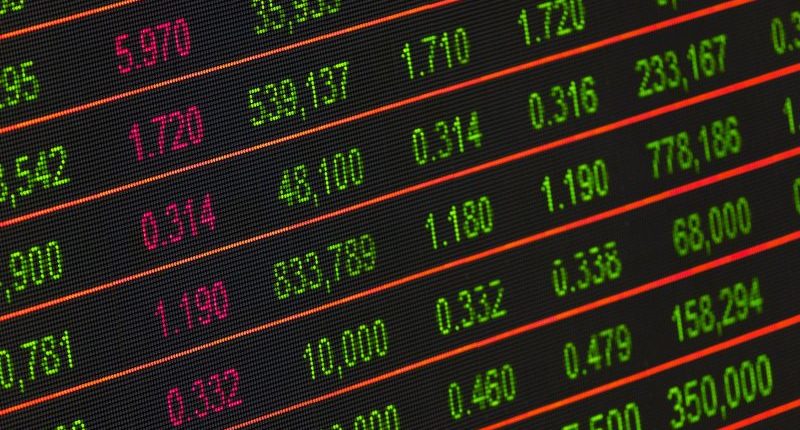Experts across the board suggest the outset of an economic slowdown. Despite the economic reforms such as Goods and Services Tax (GST) and new bankruptcy code, the economy seems to be suffering.
A large share of India’s youth remains either unemployed or underemployed. A recent World Bank report pegged India’s unemployment rate at 6.1% the highest it’s been in the last 45 years. And yet, there is no evidence that the government is creating blue-collar jobs that can offer livable wages, chances for advancements or incentives for workers to train and improve their skills.
India’s vast young population— 58% are younger than 30—should, in theory, be an asset, boosting the country’s growth. However, this demographic dividend may not last forever. Some estimates suggest that its positive effects could begin to fade as early as 2030.
If India does not step up the creation of new jobs, an annual requirement 8 million annually, as per the World Bank— India’s young will soon become a burden and a threat to the state’s social stability.
While the ruling party’s accomplishments to push the economy haven’t been negligible, more needs to be done to battle the oncoming slowdown effectively.
Also Read: Now that elections are over, the RBI is expected to slash rates
Presently, the GDP growth rate has fallen, the industrial production index is at a 21-month low, the overall consumption has tanked, and average labour wages have seen a sharp drop. Additionally, the Net National Income has remained flat at 11.6% with a 0.1% growth.
As of now, India is slowly losing the consumption plot – keeping in mind both urban and rural incomes; a demand contraction is very noticeable. The credit stagnation triggered by the collapse of major non-banking financial institutions has worsened matters.
While the toilets and the bank accounts (Jan Dhan Yojana) have improved the lives of India’s most vulnerable citizens, there is no indication that the government is willing to take steps that would be required to shift India onto an accelerated development trajectory.
To make matters worse, the initiative to abruptly withdraw almost 90% of the currency in circulation in late 2016 to combat corruption and money laundering—was a massive failure, the costs of which are still being felt.
The government seemed to have inverted years of steady liberalisation in the trade policy. India’s former Prime Minister and Finance Minister Manmohan Singh also came out to endorse the country’s economic slowdown. Mr Singh noted that the economy is “over-regulated” and the government interference is aplenty and cumbersome.
Bringing the economy back on track, given the lengthy list of initiative that needs to be undertaken, will be extremely challenging. This initiative will include changes to land and labour laws, a much more open trading regime, and a whole set of reforms that will inspire foreign multinationals to integrate India into their global supply chains. Businesses need access to power and improved infrastructure.
Additionally, companies need to be freed from unnecessary and arbitrarily enforced regulations. Corporate tax rates need to be brought down much closer to Southeast Asian standards.
Most importantly, it will be crucial to improve access to capital since private investments remain subdued. The banks must be fluid and autonomous enough to allocate credit efficiently.





